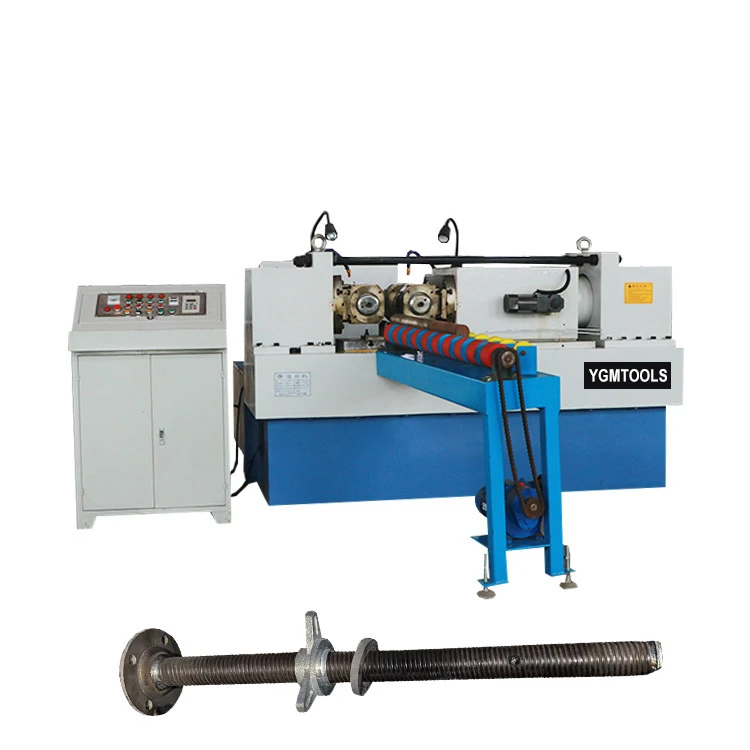
-
 Afrikaans
Afrikaans -
 Albanian
Albanian -
 Amharic
Amharic -
 Arabic
Arabic -
 Armenian
Armenian -
 Azerbaijani
Azerbaijani -
 Basque
Basque -
 Belarusian
Belarusian -
 Bengali
Bengali -
 Bosnian
Bosnian -
 Bulgarian
Bulgarian -
 Catalan
Catalan -
 Cebuano
Cebuano -
 Corsican
Corsican -
 Croatian
Croatian -
 Czech
Czech -
 Danish
Danish -
 Dutch
Dutch -
 English
English -
 Esperanto
Esperanto -
 Estonian
Estonian -
 Finnish
Finnish -
 French
French -
 Frisian
Frisian -
 Galician
Galician -
 Georgian
Georgian -
 German
German -
 Greek
Greek -
 Gujarati
Gujarati -
 Haitian Creole
Haitian Creole -
 hausa
hausa -
 hawaiian
hawaiian -
 Hebrew
Hebrew -
 Hindi
Hindi -
 Miao
Miao -
 Hungarian
Hungarian -
 Icelandic
Icelandic -
 igbo
igbo -
 Indonesian
Indonesian -
 irish
irish -
 Italian
Italian -
 Japanese
Japanese -
 Javanese
Javanese -
 Kannada
Kannada -
 kazakh
kazakh -
 Khmer
Khmer -
 Rwandese
Rwandese -
 Korean
Korean -
 Kurdish
Kurdish -
 Kyrgyz
Kyrgyz -
 Lao
Lao -
 Latin
Latin -
 Latvian
Latvian -
 Lithuanian
Lithuanian -
 Luxembourgish
Luxembourgish -
 Macedonian
Macedonian -
 Malgashi
Malgashi -
 Malay
Malay -
 Malayalam
Malayalam -
 Maltese
Maltese -
 Maori
Maori -
 Marathi
Marathi -
 Mongolian
Mongolian -
 Myanmar
Myanmar -
 Nepali
Nepali -
 Norwegian
Norwegian -
 Norwegian
Norwegian -
 Occitan
Occitan -
 Pashto
Pashto -
 Persian
Persian -
 Polish
Polish -
 Portuguese
Portuguese -
 Punjabi
Punjabi -
 Romanian
Romanian -
 Russian
Russian -
 Samoan
Samoan -
 Scottish Gaelic
Scottish Gaelic -
 Serbian
Serbian -
 Sesotho
Sesotho -
 Shona
Shona -
 Sindhi
Sindhi -
 Sinhala
Sinhala -
 Slovak
Slovak -
 Slovenian
Slovenian -
 Somali
Somali -
 Spanish
Spanish -
 Sundanese
Sundanese -
 Swahili
Swahili -
 Swedish
Swedish -
 Tagalog
Tagalog -
 Tajik
Tajik -
 Tamil
Tamil -
 Tatar
Tatar -
 Telugu
Telugu -
 Thai
Thai -
 Turkish
Turkish -
 Turkmen
Turkmen -
 Ukrainian
Ukrainian -
 Urdu
Urdu -
 Uighur
Uighur -
 Uzbek
Uzbek -
 Vietnamese
Vietnamese -
 Welsh
Welsh -
 Bantu
Bantu -
 Yiddish
Yiddish -
 Yoruba
Yoruba -
 Zulu
Zulu
Options for Purchasing Rod Thread Rolling Equipment for Your Business Needs
Buying Guide for Rod Thread Rolling Machines
When it comes to manufacturing processes that require precision and efficiency, rod thread rolling machines play an essential role. These machines are utilized to create threads on metal rods, transforming them into essential components used in various industries, from automotive to construction. If you are considering investing in a rod thread rolling machine, understanding its features, specifications, and the factors that influence your buying decision can help you make an informed choice.
Understanding Rod Thread Rolling Machines
Rod thread rolling machines utilize a cold forming process to create threads, which means that they do not involve cutting or removing material. Instead, the rolling process deforms the material to shape the threads. This method not only provides high precision but also enhances the strength of the threaded part. The surface finish of the threads produced through this method is usually superior to those made through traditional cutting methods, resulting in increased durability and resistance to wear.
Key Features to Consider
When shopping for a rod thread rolling machine, there are several key features to consider
1. Type of Rolling Machine There are different types of thread rolling machines, including flat die and planetary rolling machines. Understanding which type best suits your production needs is crucial.
2. Size and Capacity Depending on your production volume, consider the size of the machine and its capacity to handle different rod sizes. Make sure to choose a machine that can accommodate your specific requirements.
3. Precision Controls A good thread rolling machine should come with adjustable settings to allow for precise control over the thread depth and spacing. Look for machines that offer digital readouts and programmable settings for added convenience.
buy rod thread rolling machine

4. Material Compatibility Ensure that the machine you choose can handle the types of materials you will be using, whether it be steel, aluminum, or other alloys. This will influence the machine's wear and overall performance.
5. Ease of Use and Maintenance Opt for machines that are user-friendly and easy to maintain. A design that allows for quick adjustments and changeovers can save time and enhance productivity.
6. Safety Features Safety should always be a top priority. Look for machines that incorporate advanced safety features such as automatic shut-off systems and protective covers.
7. Manufacturer Support Consider the level of support and service that the manufacturer offers. This includes warranty options, availability of spare parts, and customer service responsiveness.
Cost Considerations
The price of rod thread rolling machines can vary significantly based on their specifications, brand, and capabilities. It's essential to set a realistic budget and consider the long-term investment value of the machine. While it may be tempting to opt for a cheaper option, investing in a high-quality machine can yield better results in the long run through increased uptime and reduced maintenance costs.
Conclusion
Purchasing a rod thread rolling machine is a significant investment that can greatly enhance your manufacturing capabilities. By taking the time to consider the features, specifications, and costs associated with these machines, you can ensure that you select the right equipment for your business needs. Evaluate your specific requirements and consult with manufacturers to make an educated decision. With the right rod thread rolling machine, your production process can become more efficient and productive, ultimately contributing to the success of your operations.
